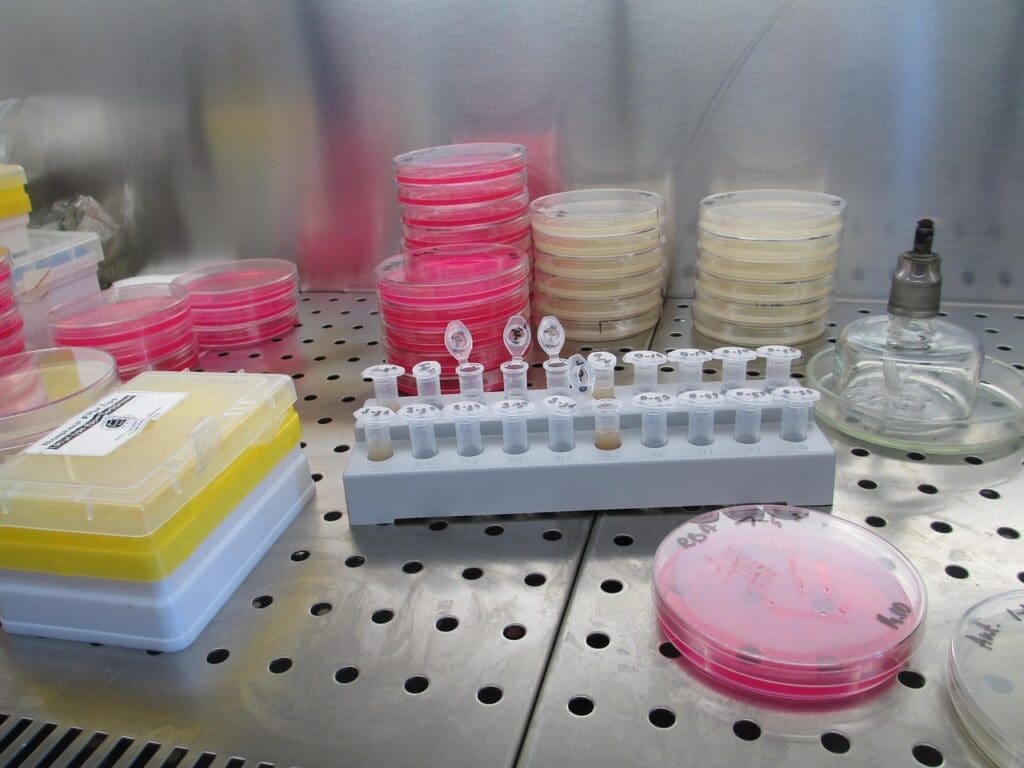Researchers analyze chikungunya outbreaks to improve predictions and vaccine development
In a new study published in Science Advances , researchers at the University of Notre Dame analyzed more than 80 outbreaks of the chikungunya virus to improve the prediction of future outbreaks and provide information for the development of vaccine trials.
“Chikungunya outbreaks are unpredictable in both their scale and severity,” said Alex Perkins , a professor of infection epidemiology at Ann and Daniel Monahan College in the Department of Biological Sciences and co-author of the study. “There may be an outbreak that infects only a few people, and another in a similar setting that infects tens of thousands. This unpredictability is what makes public health planning ã and vaccine development ã so difficult.”
For the study, Alexander Meyer, a postdoctoral researcher in Perkins’ lab and lead author of the study, and a team of researchers reconstructed and analyzed 86 chikungunya outbreaks, creating the largest comparative dataset of its kind.
“Instead of looking at individual eruptions in isolation, we were able to look for patterns in them by looking at many eruptions, all of which differed in size and severity,” Meyer said.
Chikungunya was first diagnosed in the 1950s. Outbreaks are becoming more frequent and widespread, but they are also sporadic and difficult to predict. This poses a challenge for health authorities in planning and preventing infections.
Changes in the frequency of chikungunya outbreaks transmitted by bites of infected mosquitoes (the main vectors are Aedes aegypti or Aedes albopictus) and other mosquito-borne diseases are often seen in the context of climate change, as warmer and wetter conditions can promote mosquito activity.
But Perkins said this study showed that climate is not necessarily the most important factor when trying to predict the severity of a disease outbreak caused by a virus like chikungunya.

“Climate factors such as temperature and precipitation can tell us where eruptions are possible. However, this study shows that they do little to predict their severity,” he said. “Local conditions play a role ã for example, the quality of living, the mosquito density and the reaction of the population. Some deviations are simply random. This coincidence also plays a role.”
Currently, only two vaccines against chikungunya are approved ã but they are not widely available in the regions where the virus is most prevalent.
This is why it is so helpful for vaccine development to have such a large and comprehensive dataset, Perkins said.
To test efficacy, vaccine manufacturers need accurate predictions of where an outbreak might occur before it occurs, so that they can conduct trials and monitor whether vaccine candidates are effective.
The study shows how a more comprehensive analysis of previous outbreaks can help health authorities prepare for future outbreaks, protecting vulnerable populations and supporting vaccine development.
Other co-authors are Kathryn B. Anderson of the State University of New York, Natalie Dean of Emory University, and Sandra Mendoza Guerrero and Steven T. Stoddard of Bavarian Nordic Inc., who provided financial support for the study. This work was additionally supported by the Office of the Deputy Minister of Defense for Health Affairs.
The articles in the news section are produced by X-Press journalist office
Gender note. The personal designations used in this text always refer equally to female, male and diverse persons. Double/triple references and gendered designations are avoided in favor of better readability.




